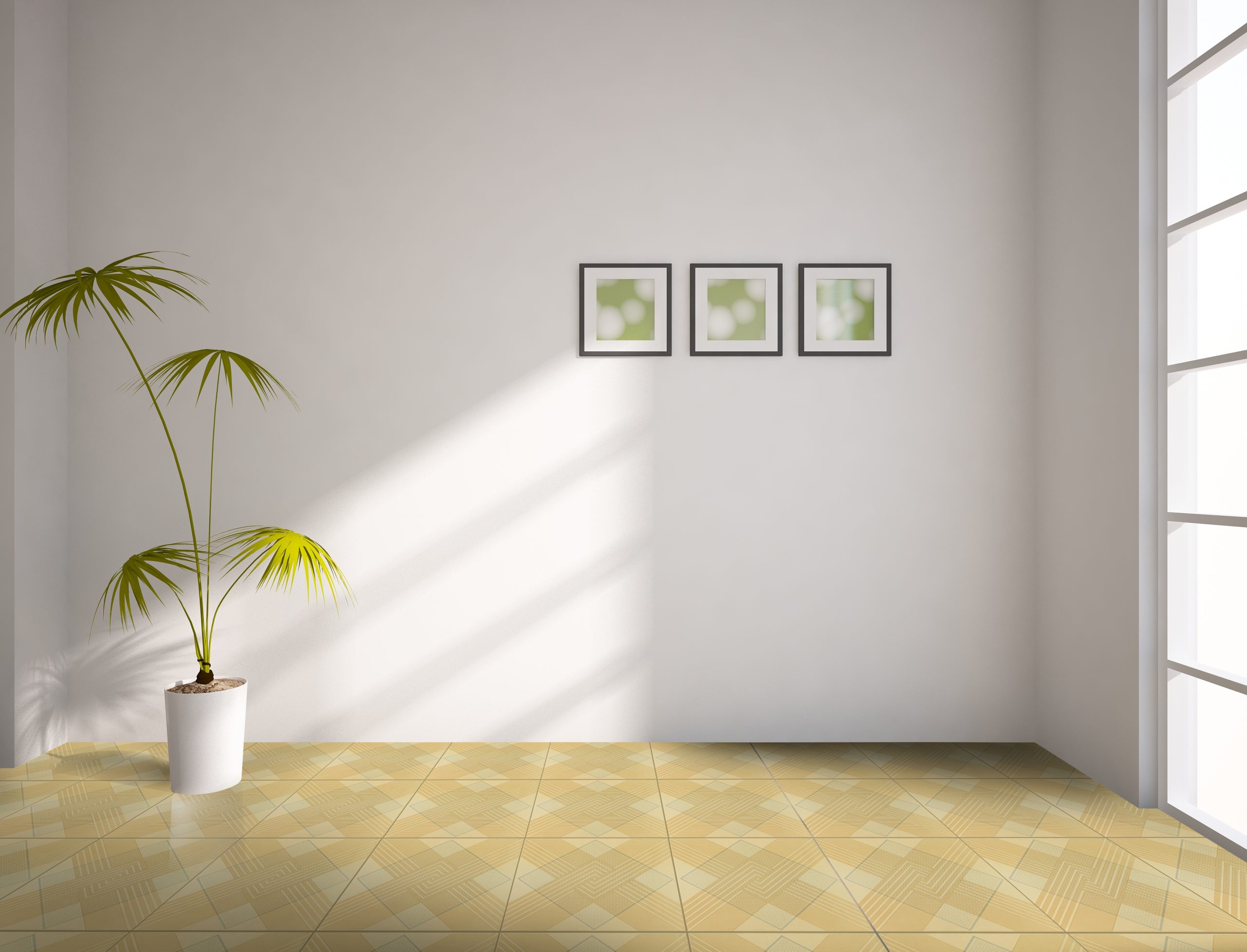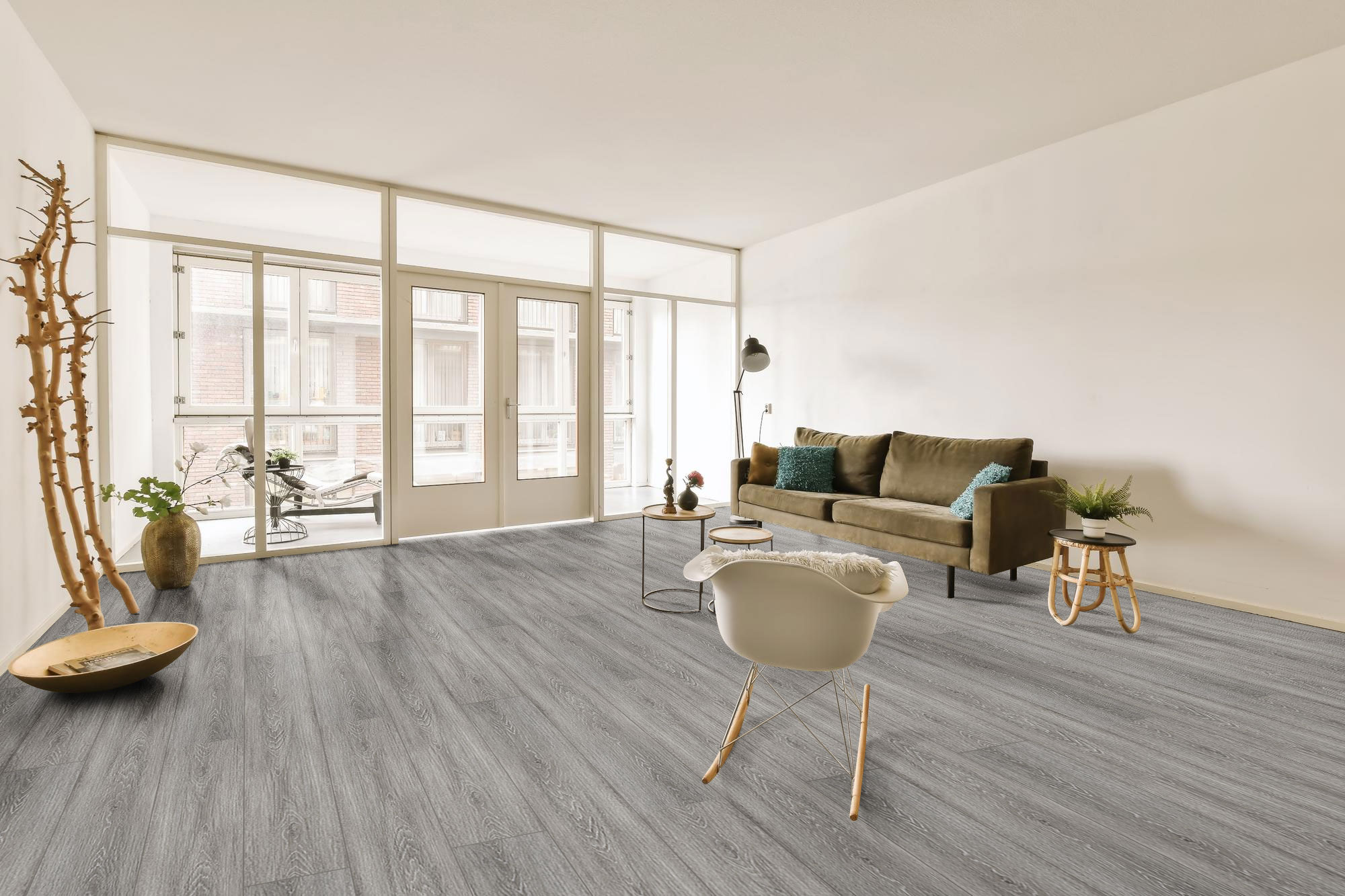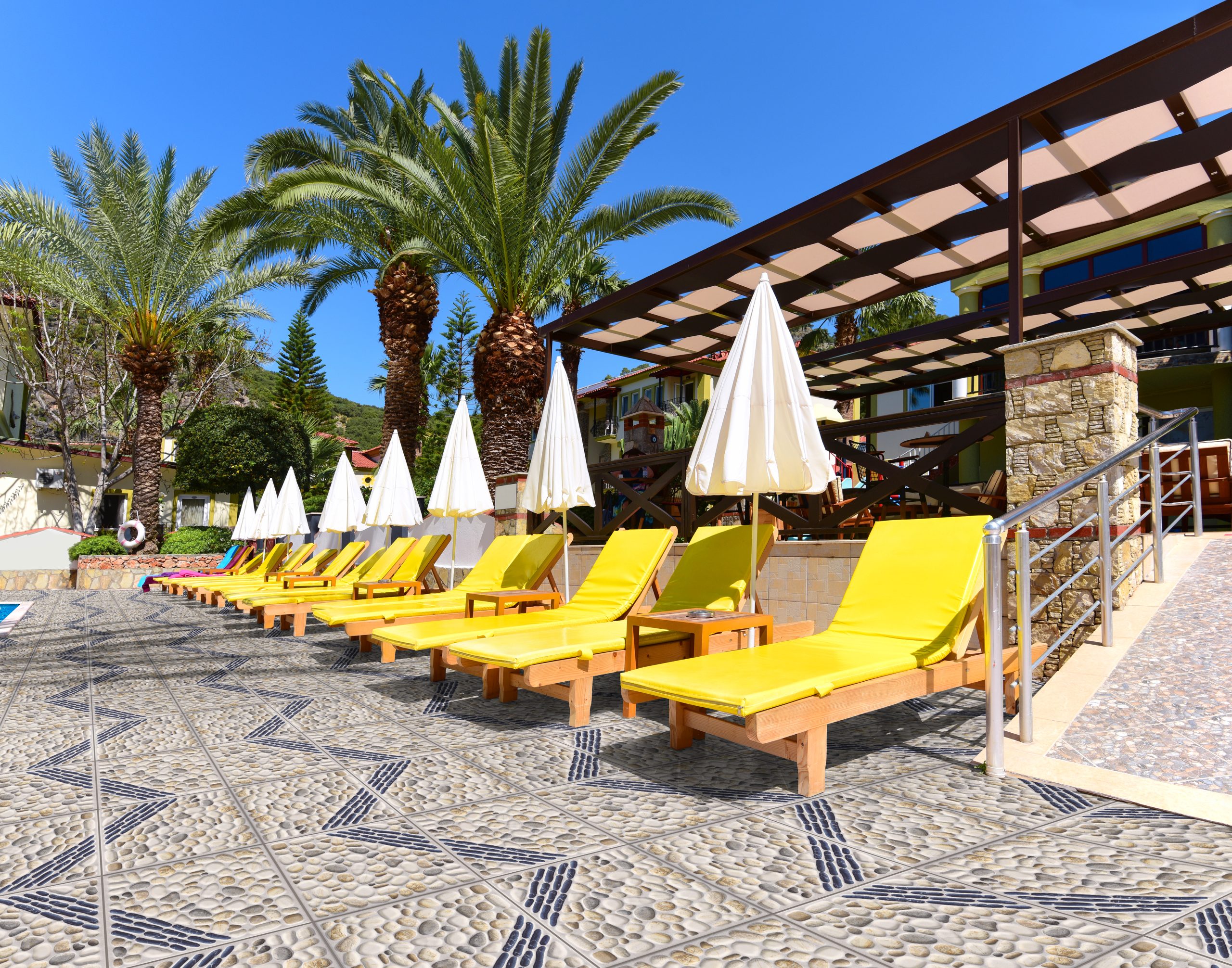Choosing the suitable flooring material for your home is an important decision that affects not only the looks but also the longevity and function of the area. This blog post will compare natural stone vs. porcelain floor tiles, focusing on durability, maintenance, aesthetics, pricing, and installation. Whether you prefer the timeless elegance of natural stone or the versatility of porcelain, knowing the distinctions between the two will allow you to make an informed decision that enhances the beauty and utility of your living space. Stay tuned as we travel through the flooring world and help you find the perfect fit for your home.

H153309 [30×30]
Durability
Durability is essential when choosing flooring materials, and natural stone and porcelain tiles are impressively resilient. Natural stone, known for its inherent strength and durability, can withstand the test of time and heavy foot traffic with adequate care and upkeep. Natural stone is a popular choice for high-traffic rooms and outdoor spaces due to its durability and endurance, whether it is the rugged beauty of slate, the timeless elegance of marble, or the earthy allure of travertine. Porcelain tiles are highly durable and resistant to scratches, stains, and moisture due to their thick composition and fired manufacturing process. Natural stone and porcelain tiles, which can withstand daily hardships, provide reliable and long-lasting flooring alternatives for homes looking for durability and performance.

Maintenance
Natural stone requires frequent sealing and resealing to protect it from stains, moisture, and damage. Furthermore, specific cleaning methods matched to the type of stone are needed to avoid harm and maintain its natural beauty. While natural stone has a timeless charm, its maintenance requirements can be more labor-intensive than porcelain tiles. Porcelain tiles, on the other hand, are low-maintenance, requiring only frequent sweeping and cleaning with mild detergent to keep them looking brand new. With their resistance to stains, scratches, and moisture, Porcelain tiles are a convenient option for busy families looking for low-maintenance flooring solutions that do not compromise beauty.
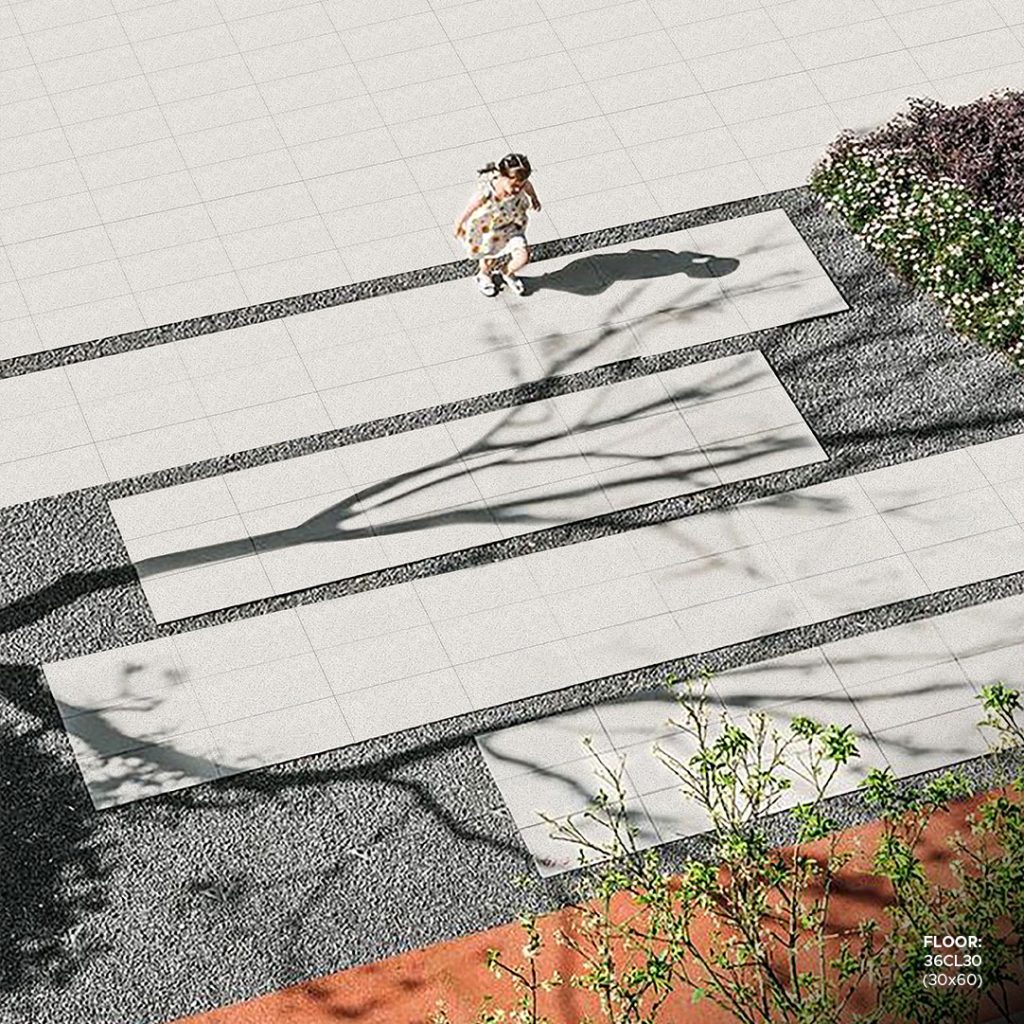
Aesthetics
Aesthetically, the choice between natural stone and porcelain tiles provides various visual experiences. Natural stone has a feeling of timeless beauty, with each slab or tile exhibiting distinct color, veining, and texture variances. Natural stone adds depth and character to any area, creating a luxurious and sophisticated atmosphere. However, limitations may arise on availability of designs due to environmental restrictions. Porcelain tiles, on the other hand, provide a diverse range of aesthetic options, including the ability to mimic the appearance of natural materials such as marble, granite, limestone, and more. With improvements in digital printing technology, porcelain tiles can now replicate the original appearance of natural stone with incredible realism, providing versatility and design freedom to suit a wide range of architectural styles and tastes. Whether you like the organic attraction of natural stone or the versatility of porcelain, both offer aesthetic appeal and visual impact that enhance the beauty and elegance of your living space.
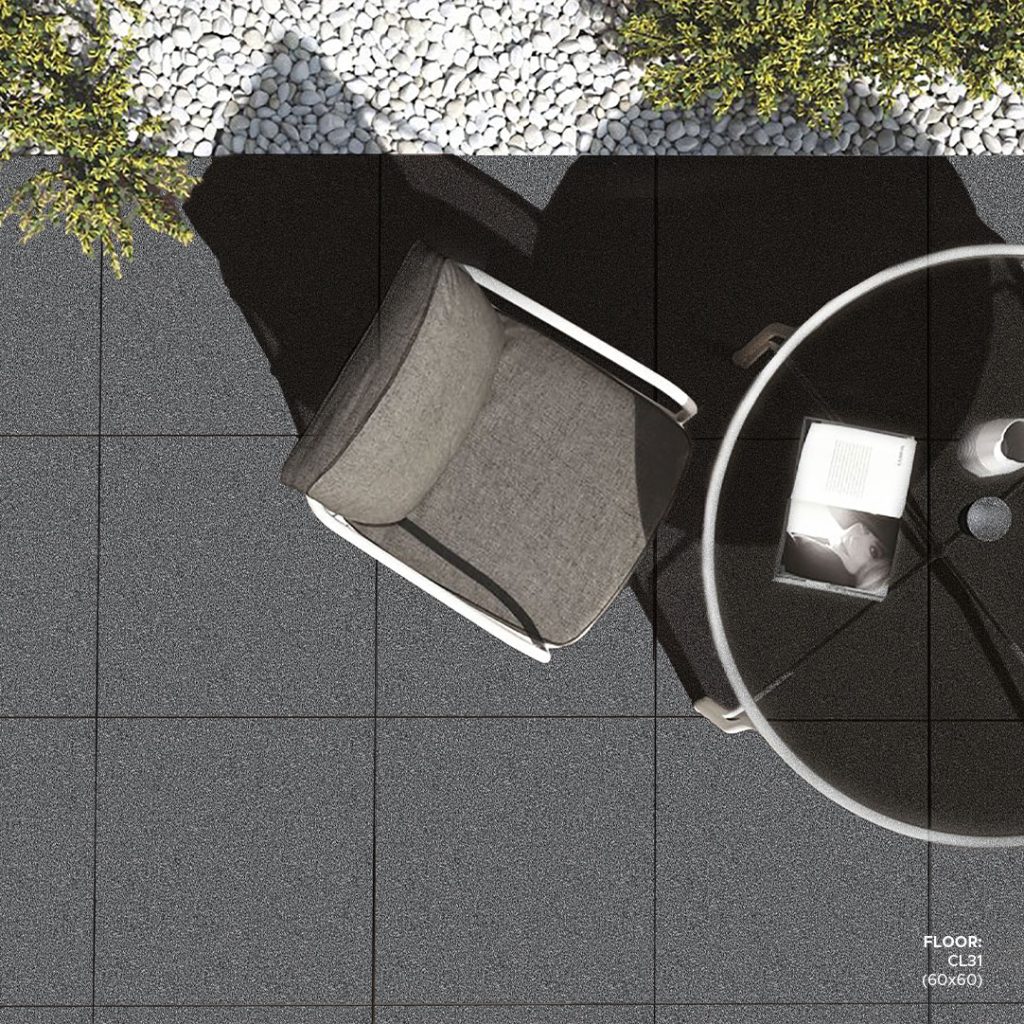
Cost
Despite exuding ageless elegance, natural stone often has a higher initial cost due to extraction, transportation, and manufacturing expenditures. Furthermore, installing natural stone may necessitate experienced staff and specialized equipment, increasing the overall cost. Porcelain tiles, on the other hand, are a much more affordable alternative to natural stone, offering the aesthetic appeal of stone without the associated expense. Homeowners can make an informed decision depending on their budget and financial constraints by considering upfront expenditures, long-term expenses, and installation fees.
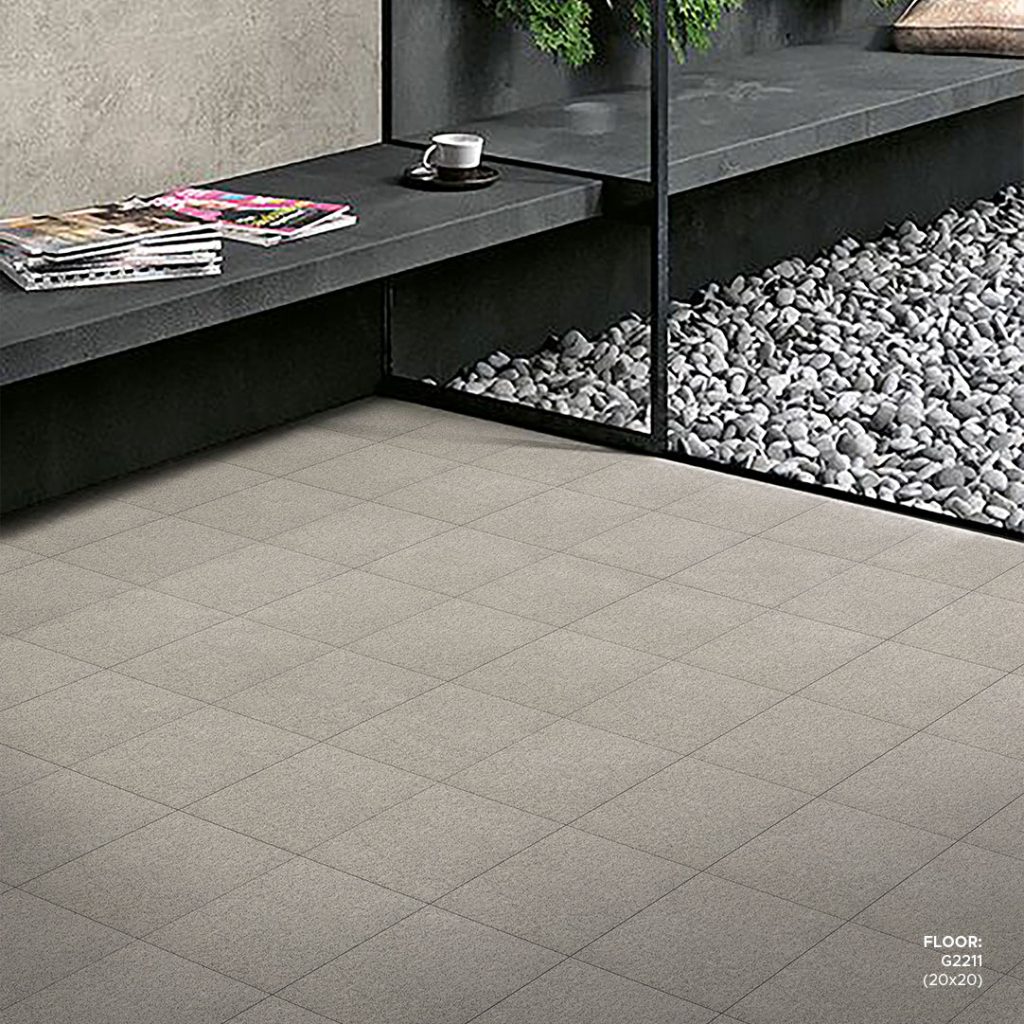
Installation
Natural stone installation necessitates thorough preparation, such as surface leveling, substrate reinforcement, and proper sealing, to provide a long-lasting and durable outcome. Furthermore, the weight and imperfections of natural stone may demand professional installation to deliver optimal results. Conversely, Porcelain tiles may be laid using typical tile-setting processes like thin-set mortar or glue, making them appropriate for both DIY and professional installs. Porcelain tiles’ uniform size and shape make them easy to handle and install, resulting in a more streamlined and efficient operation. Furthermore, porcelain tiles can be laid over various substrates, including concrete, plywood, and existing tile, making them appropriate for new and renovation projects. While natural stone and porcelain tiles provide long-lasting and aesthetically beautiful flooring options, the installation procedure differs, and homeowners should consider variables such as complexity, experience required, and total project duration when deciding.
Key Takeaway
Natural stone and porcelain tiles each have their own set of perks and disadvantages. Natural stone emanates ageless elegance and character, with distinct differences that bring depth and richness to any room. However, it requires regular maintenance and has a more significant initial cost. Porcelain tiles, on the other hand, provide durability, adaptability, and ease of maintenance at a lower price range. Whether you prefer the natural beauty of stone or the practicalities of porcelain, the decision ultimately comes down to your needs, preferences, and money. By considering elements such as durability, maintenance, aesthetics, cost, and installation, you can make an informed decision that will improve the attractiveness and functionality of your environment for many years.
Now that you’re armed with the knowledge and tips to pick the right tiles for your home, it’s time to turn your vision into reality. Take the first step and embark on your tile transformation journey today!




